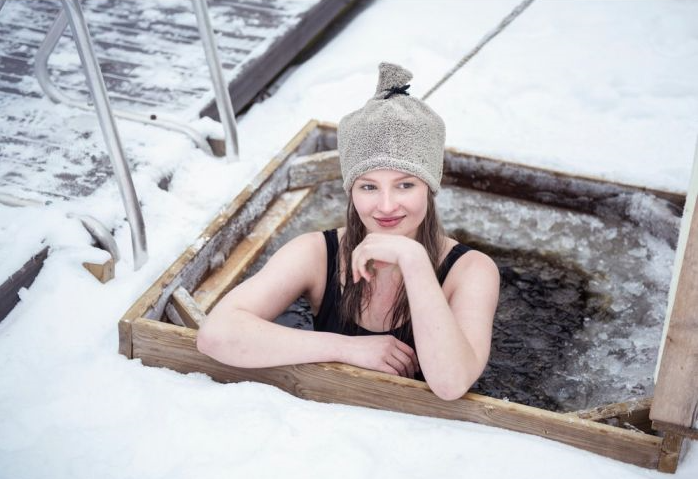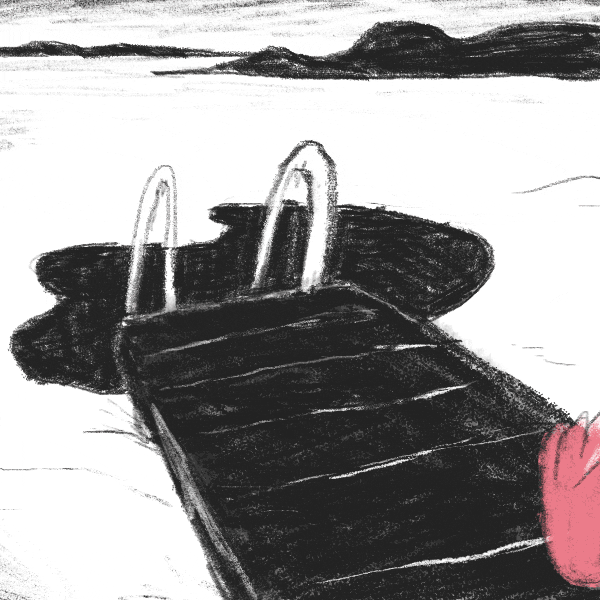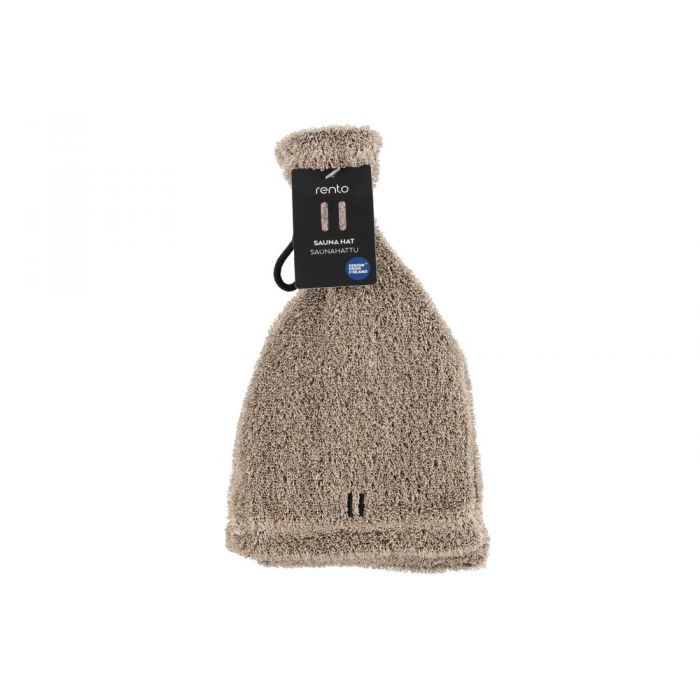Here we take a look into cold water swimming also known as winter swimming or ice swimming. It has been practised all around the world for hundreds of years. Enthusiasts can be found from Switzerland to China and beyond.
It is the activity of swimming during the cold season either outdoors in a lake or the sea, or in a cold pool. In colder countries, cold water swimming is typically synonymous with ice swimming when the water is frozen over.
It is an affordable hobby when practised in natural waters that offer both extreme sensations as well as relaxing mindfulness. It gets the blood circulating, hormones moving and health flourishing.

Benefits of cold swimming
When done regularly, cold swimming can improve blood circulation and tissue metabolism as well as slow down the ageing of cells and lower blood pressure. It also increases the production of the beta-endorphin hormone in the pituitary gland, creating a relaxed feeling of well-being.
Cold water submersion immediately causes muscle relaxation. A technique frequently used by athletes to combat injury or inflammation and allow better recovery. Cryotherapy in the heart of nature!
Many of those who have found the euphoric feeling of cold water swimming cannot stop doing it. According to enthusiasts, winter swimming reduces stress, helps with joint pain, calms and grounds the mind and improves the quality of sleep.

How to start cold water swimming
For beginners, It is recommended to start adjusting the body to cold water slowly. Always enter the water calmly. Conscious, deep breathing and listening to your body are key factors in adapting to the cold.
The first time, dip into the cold water only briefly for a couple of seconds. The following times, as the body begins to adapt to the cold, the time spent in the water can be gradually increased.
The key to acclimatizing to cold water is to go swimming as regularly as possible. It is important not to push yourself too hard. In other words, listen to your body and its limits.
Conscious, deep breathing and listening to your body are key factors in adapting to the cold
After swimming (&sauna), dress warmly to avoid catching a cold. There is no time to catch a cold from swimming, especially when the exposure time to the cold is not too long. Therefore, a chilly feeling afterwards is due to having too few clothes on.

Cold water swimming can be done as a quiet meditative exercise or in a social context in a club or with a group of friends. It can bring people together and give an authentic experience that connects with the natural environment.
Cold swimming has recently gotten more attention in the media. This is due to social media and people’s growing interest in wellness as well as reconnecting with nature. There are several active swimming communities around the world.
We found many inspiring videos and minidocumentaries from around the world about the subject. Below is one of our favourites from Scotland:





